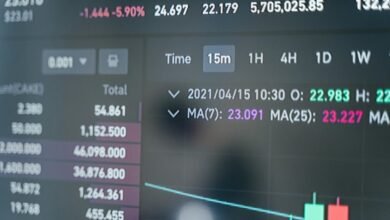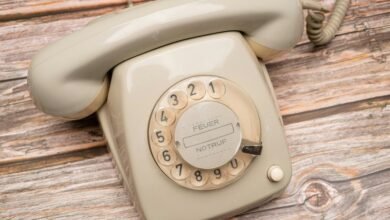
39187 Who Does This Number Belong To: Investigating Call Origins
The investigation into the number 39187 raises questions about its legitimacy and origin. Unknown callers can pose risks, necessitating a thorough examination of their identity. Employing call tracing and number lookup services serves as essential tools in this inquiry. Understanding the implications of such calls affects personal security and communication choices. However, the ethical considerations surrounding data usage complicate the matter further, prompting a closer look at the balance between identification and privacy.
Understanding the Mystery of Unknown Callers
Although unknown callers often invoke a sense of curiosity or concern, their origins can be traced through several technical and behavioral patterns.
Call identification systems analyze metadata and usage trends to reveal potential sources.
However, privacy concerns arise when data collection methods infringe on individual rights.
Understanding these dynamics is crucial for balancing the need for information with the protection of personal freedoms.
Methods to Trace Call Origins
Tracing the origins of calls, particularly those from unknown numbers, employs a variety of technological and procedural methods.
Call tracing involves identifying the source through network data, while number lookup services provide essential information about the caller’s identity.
These techniques enable individuals to ascertain the legitimacy of calls, enhancing personal security and fostering informed communication in an increasingly interconnected world.
Importance of Identifying Unknown Numbers
The identification of unknown numbers plays a crucial role in modern communication, where the prevalence of spam calls and potential scams poses significant risks.
Ensuring call privacy is paramount, as unverified numbers can lead to unauthorized access or financial loss.
Number verification processes empower individuals to discern legitimate contacts, fostering a safer environment for communication and preserving personal autonomy in an increasingly connected world.
Tips for Protecting Yourself From Unwanted Calls
As individuals navigate the complexities of modern communication, implementing effective strategies to mitigate unwanted calls becomes essential.
Employing call blocking features on smartphones can significantly reduce interruptions. Additionally, adjusting privacy settings to limit who can access personal information provides an added layer of protection.
Conclusion
In conclusion, the investigation of unknown callers, such as the number 39187, underscores the significance of identifying call origins in an era marked by increasing telecommunication fraud. Notably, studies indicate that approximately 60% of individuals have received scam calls in the past year, highlighting the widespread nature of this issue. By employing effective tracing methods and remaining vigilant, individuals can better protect themselves from unwanted communications, ensuring a safer and more informed approach to their telephonic interactions.




